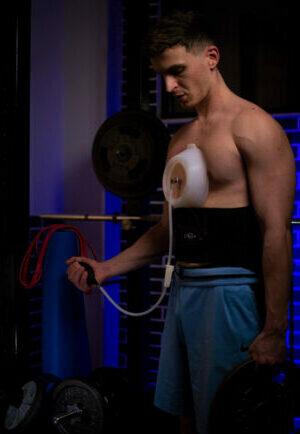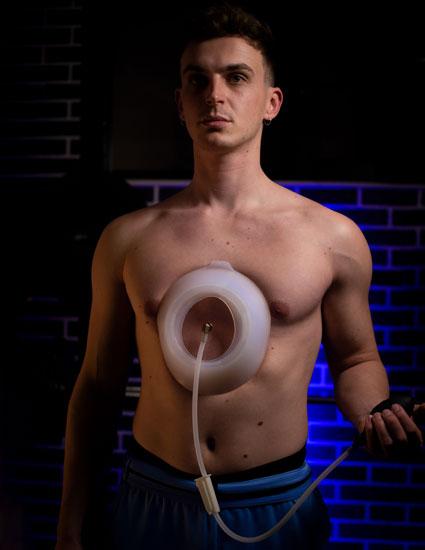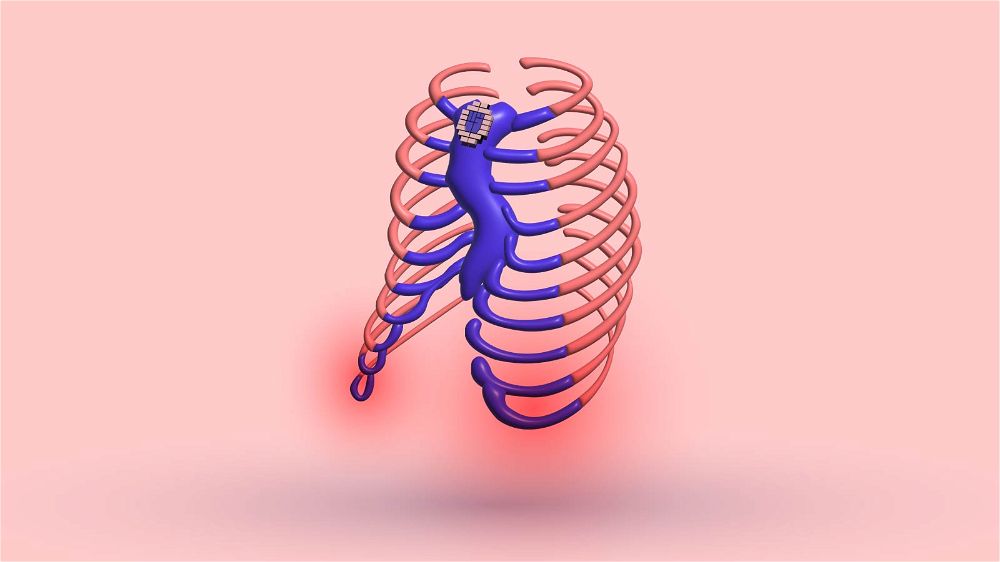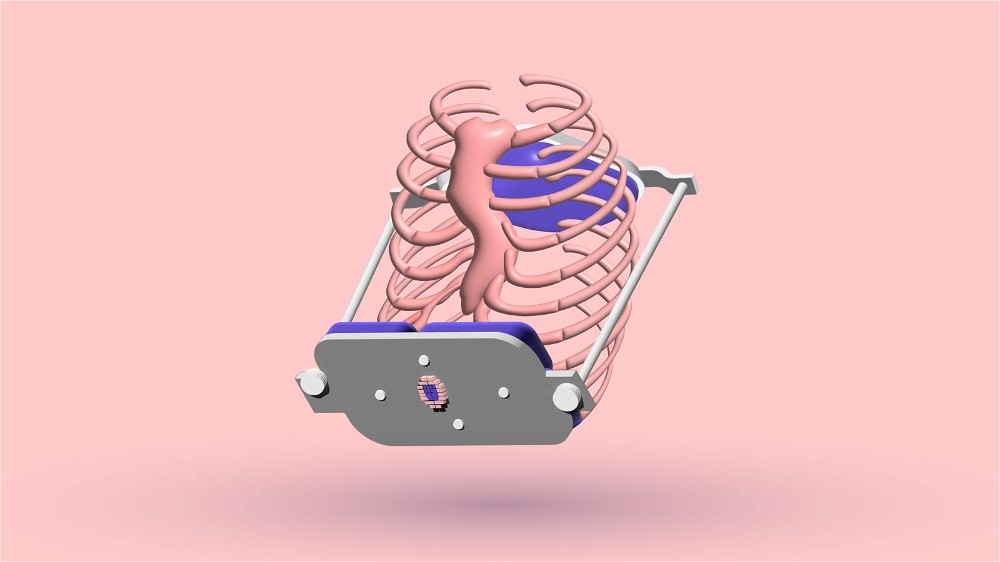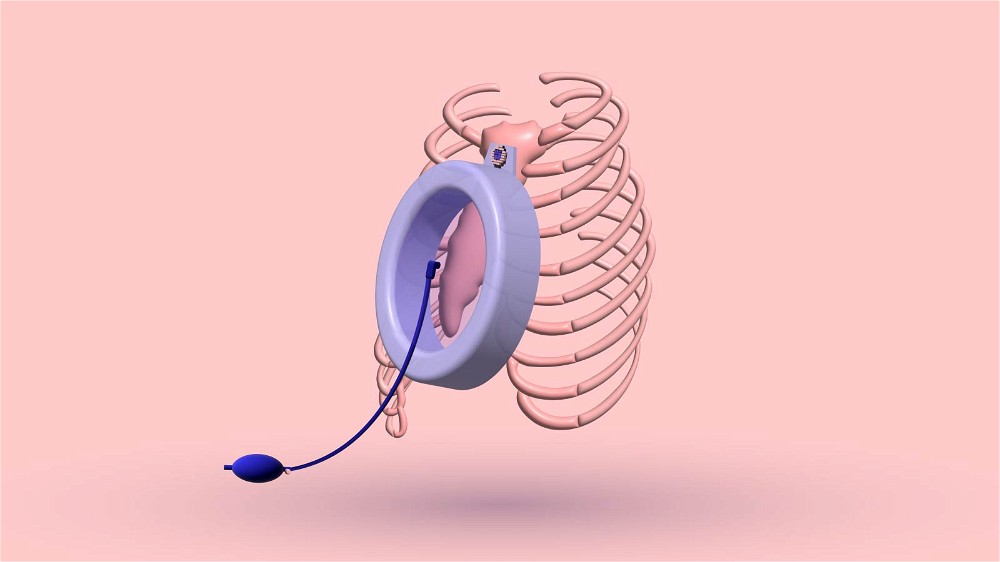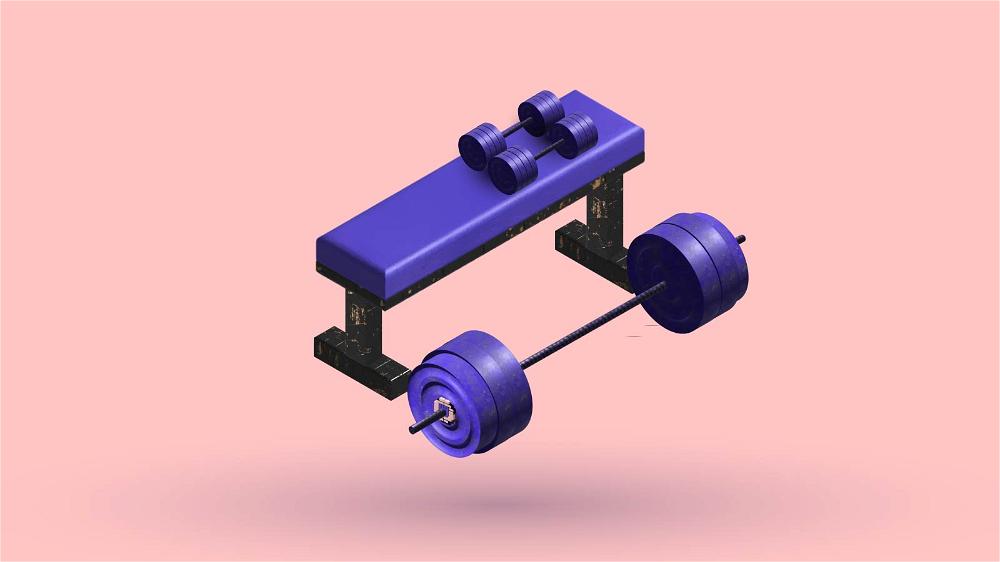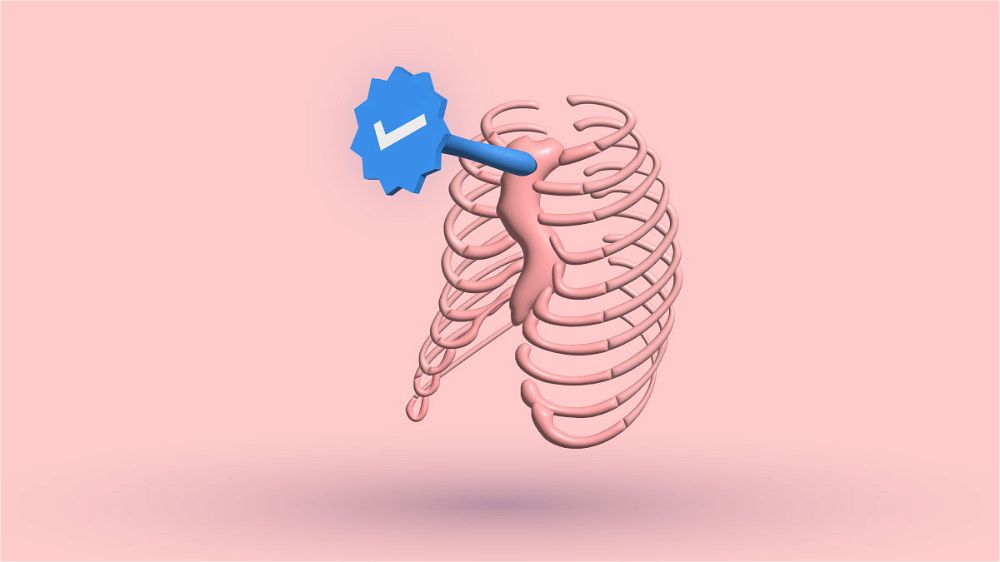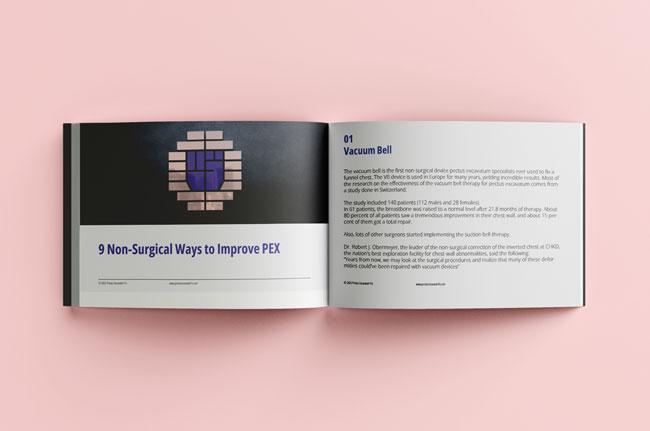Shoulder pain and impingement are widespread and affect many of us with pectus excavatum deformity. All shoulder pain doesn’t come from trauma only, but it is often impingement.
I will share several exercises recommended in Dr. Kirsch’s book “Shoulder Pain? The Solution & Prevention”.
Dr. Kirsch was a shoulder surgeon and knew what he talked about. These exercises helped me fix the shoulder pain and impingement I experienced a few years ago.
BEST EXERCISE FOR SHOULDER IMPINGEMENT

The exercise Dr. Kirsch recommends the most is hanging on a pull-up bar. You grab a pull-up bar and hang on it with your body weight. The whole idea of the book is to go through anatomy and exercise biophysics and explain how it works. You can read this book to find out more information about it.
This book has excellent testimonials, and hanging from a pull-up bar works wonders for shoulder impingement. I felt an impingement in my left shoulder about a year ago, and this exercise helped my shoulder feel much better and regular again.
According to Bob and Brad, a famous physical therapist’s channel on YouTube, this is probably the most effective shoulder impingement exercise. Many people had a lot of success with this exercise, and even studies back this up.
HOW TO DO THIS EXERCISE PROPERLY
If you have shoulder impingement, it will start to hurt if you raise the arm to a certain level. It will hurt the most when the arm is fully raised above your head.
In the book, Dr. Kirsch talks about hanging from a tree branch and rafters if you can’t find a pull-up bar. Finding something steady to hang from is everything you need.
Start slowly when your back is against the wall, and slowly lower yourself down, allowing your shoulder to stretch more and more. This decompresses the spine too. The wall helps with posture, which is crucial for shoulder mechanics too.
HOW LONG DOES IT TAKE TO HANG
At first, hang for 5 – 10 seconds, then take a break and lower again. Don’t start with your total weight. Stand on your feet, and control your weight with your legs. When you do this for a week or two, you will get to the point where you can hold your body weight. Aim to hold for 30 seconds and increase the duration gradually.
In the book testimonials, patients didn’t even have to hang out for long to get rid of the impingement. You don’t need to hang out for minutes. This helps open the gap so the impingement can’t be pinged on the subscapularis tendon. Once you can do that, he recommends adding exercises to help you even more.
7 OTHER PROVEN EXERCISES FOR SHOULDER IMPINGEMENT
There is some impingement in many cases where a person with pectus excavatum experiences shoulder pain. It leads to a lot of problems. It starts causing tendonitis and can even lead to rotator cuff tears. If you have shoulder pain, these exercises will probably help you.
When I look at somebody with shoulder impingement, the shoulder that causes the problems is usually more forward than the other. That was the case when I had it too. It is farther in the socket, and the dominant arm is generally affected.
1. FOCUS ON PROPER POSTURE THROUGHOUT THE DAY
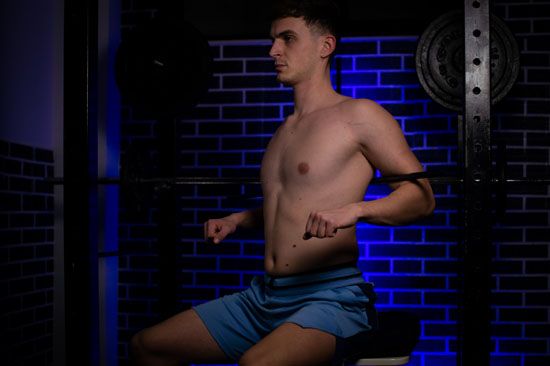
You should do this daily, throughout the day, every hour if your problem is affecting you. Try to get your posture back and set things in the correct location. Do shoulders squeezing a few times during the day, and make the scapulas touch each other while keeping the shoulders down.
2. CHAIR PUSH DOWN
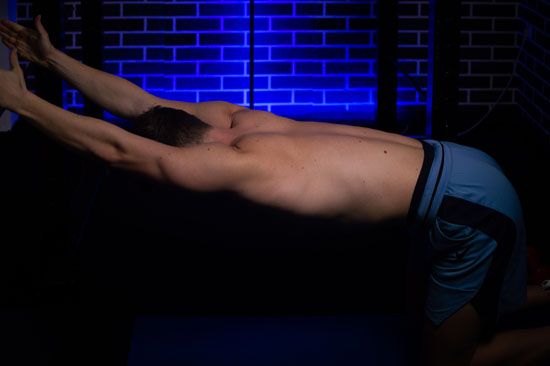
For this exercise, you don’t need any special equipment. All you will need is a countertop or the back of a chair. This will help you set the shoulder bone back in the socket. Push down on the chair through the chair with the palm of your hand.
Push down and walk away from the chair with a straight arm. Do a set of five, make sure you squeeze the shoulders, and you can do this every hour. When you do the exercise, you should feel good on the shoulder. If the movement hurts and doesn’t feel right, maybe that’s not the exercise you should do.
3. DOORWAY CHEST STRETCH

The next stretch should be done daily, focusing on stretching the chest muscle. The tighter your chest is due to pectus excavatum, the more slouched over you probably are.
Many people with pectus excavatum bench press a lot, which worsens this posture and chest muscles’ tightness. Get next to a doorway and lean on it with elbows at 90 degrees. Feel the stretch on the chest muscles.
The doorways should be on the elbows. The higher your arms are, the more you feel it on your shoulders. You can also interlock the fingers behind your back, stretch the tight chest muscles, and squeeze the shoulder blades together.
4. LYING ON A FOAM ROLLER

The next stretch uses a foam roller and is easy to do. Get a 3-foot soft-long foam roller, place it on the ground, and lay on it. Get relaxed on it and feel the stretch in the frontal muscles. Concentrating and focusing on the breath will loosen the tight chest muscles.
5. Y-RAISE EXERCISE
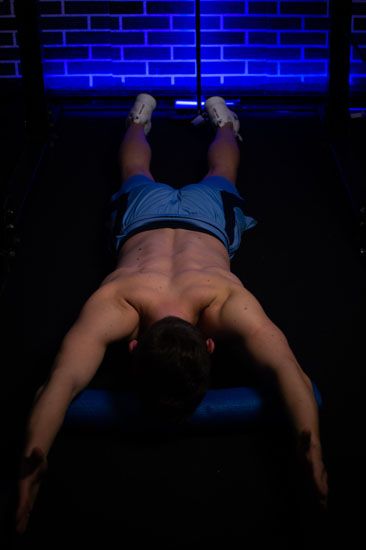

This is an easy way to do the strengthening exercises if you don’t have any equipment. For the next exercise, you will need two pillows and place them on each other. You can also get a rolled towel. Put your forehead on the rolled towel and your hands in the Y position above your head.
Just lift the arms and hold for about a second on top. This exercise is more challenging than you think it is. Then, bend the elbows at 90 degrees and lift the arms. Then, you will need to bring your arms to 90 degrees to your body and lift the arms.
6. RESISTANCE BAND EXTERNAL ROTATION
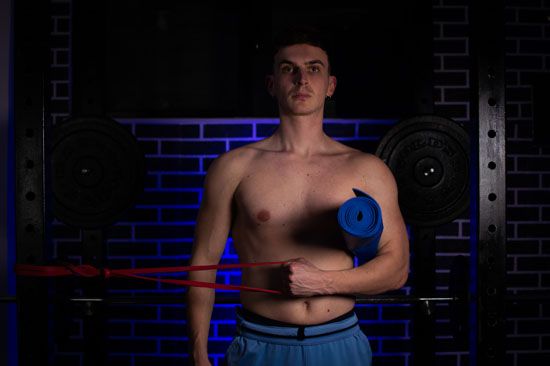

You will need a resistance band for the next exercise, preferably with handles. Do external rotation with the arms. If you get impingement in one particular shoulder, you can only do this exercise for the shoulder that bothers you.
You can even put a towel underneath the shoulder to ensure you do the exercise correctly. If the towel falls, you keep your elbow too wide, which is an improper way to do the exercise.
7. INTERNAL ROTATION & ROWS
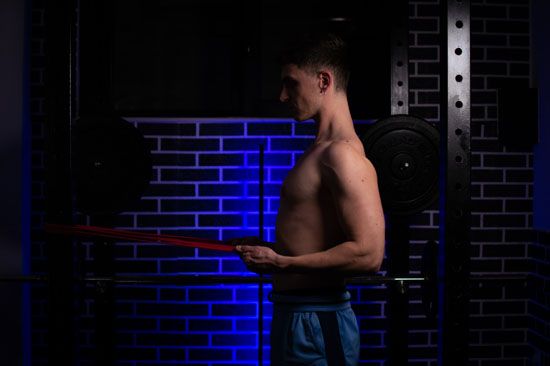
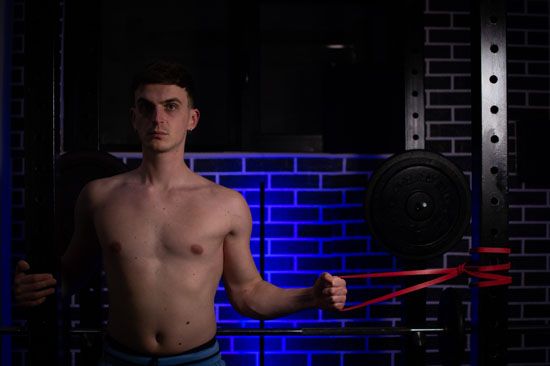
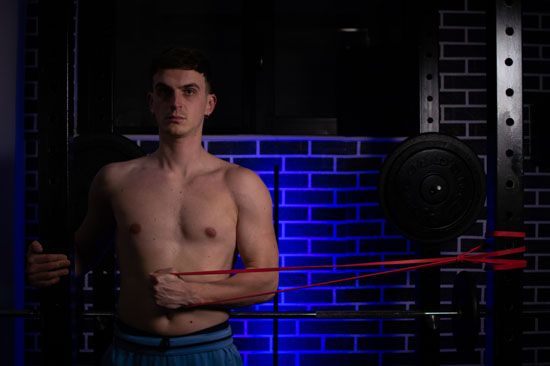
Internal rotation. You can also do an internal rotation with the resistance band. This is easier to do, and you may need a more vigorous resistance band to make this effective. Another exercise is to do resistance band rows to strengthen the back and rear delt muscles that are probably weak.
SIMPLE TIP


Look at somebody from the front when they usually stand. Observe what the thumbs do. The thumb should point forward if they have good posture and stand correctly with the shoulders. If you have poor pectus posture, the thumbs will point inward.
When the shoulders are internally rotated, they are more susceptible to impingement. If you stand with a bad posture and try to lift your arm, it wouldn’t go as high as it can normally if you have a good posture.
THE BOTTOM LINE
All physical therapists agree with the exercises I shared with you, as they are scientifically proven to work in patients with shoulder impingement problems.
I also recommend you try yoga because many exercises and stretches help with shoulder health and provide many benefits to the body if you have pectus excavatum imbalances.
Thank you for reading! If you have any concerns, please write them in the comment section below.
3 Sources
- Shoulder Pain? The Solution & Prevention by John M. Kirsch [Internet]. [cited
2022 Dec 2]. Available from: https://www.goodreads.com/en/book/show/7744288-shoulder-pain-the-solution-prevention - Dr. John Kirsch [Internet]. heal your own shoulder. [cited 2022 Dec 2]. Available
from: https://www.kirschshoulder.com/drjohnkirsch - (53) Bob & Brad - YouTube [Internet]. [cited 2022 Dec 2]. Available from:
https://www.youtube.com/channel/UCmTe0LsfEbpkDpgrxKAWbRA


